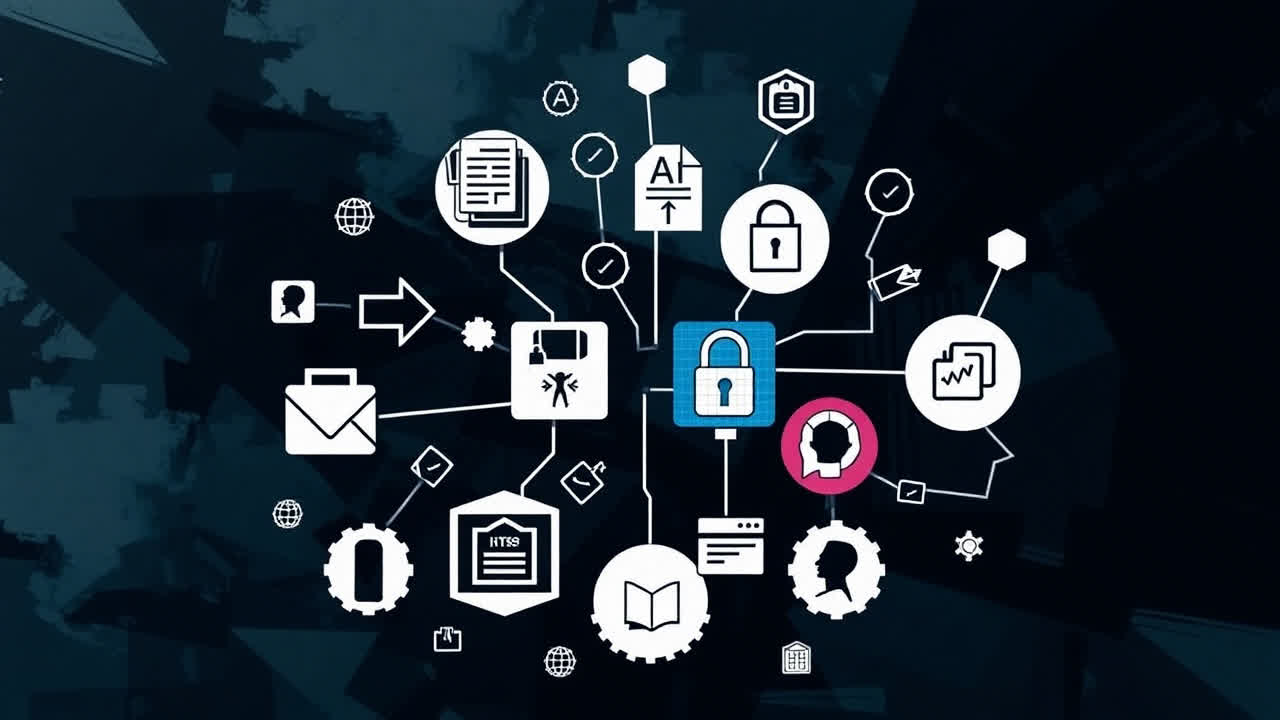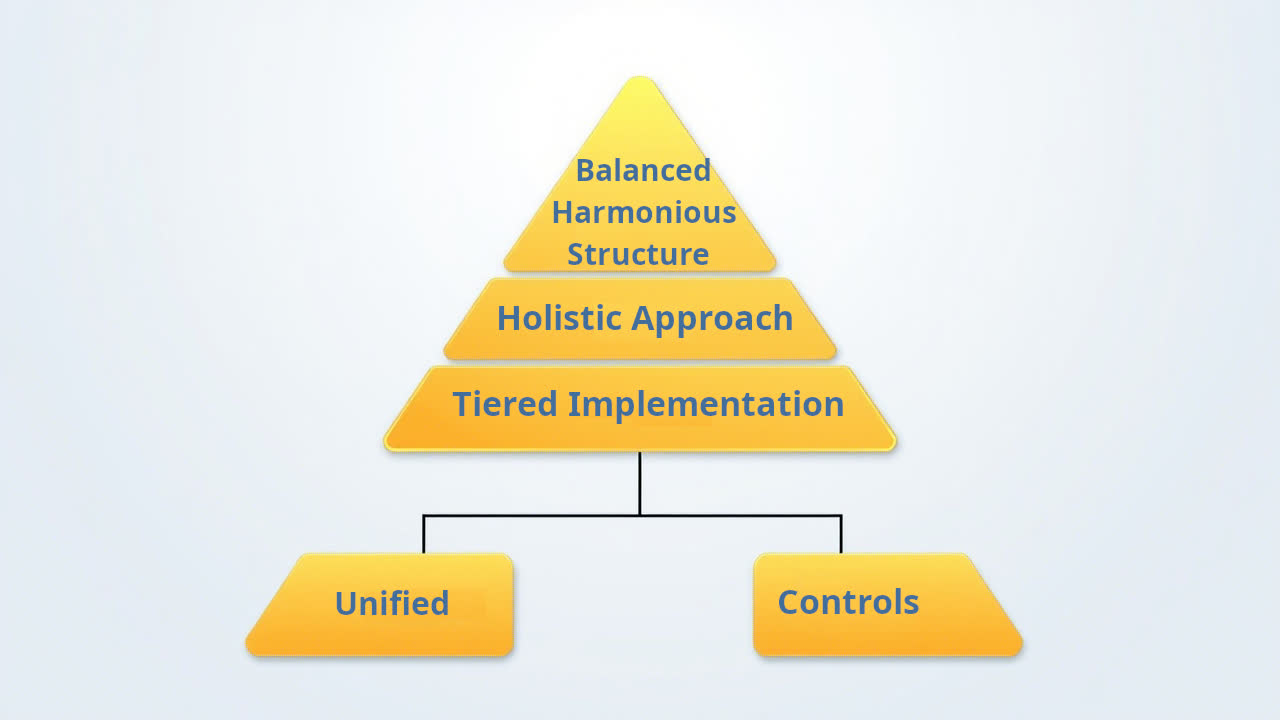Top 10 Challenges in ICT Governance and How eGRACS© Solves Them
Explore common ICT management hurdles and how the eGRACS framework provides practical solutions.
 ICT governance is no longer just about keeping systems running—it’s about ensuring security, compliance, and alignment with business objectives. But the road to effective governance is riddled with challenges that can overwhelm even the most prepared organisations. In this article, we’ll highlight the top 10 ICT governance challenges and show how eGRACS, a unified governance framework, can help you overcome them.
ICT governance is no longer just about keeping systems running—it’s about ensuring security, compliance, and alignment with business objectives. But the road to effective governance is riddled with challenges that can overwhelm even the most prepared organisations. In this article, we’ll highlight the top 10 ICT governance challenges and show how eGRACS, a unified governance framework, can help you overcome them.
The Top 10 Challenges in ICT Governance
1. Managing Complexity Across Systems
With multiple systems, frameworks, and regulations to manage, ICT environments often spiral into complexity, making it difficult to maintain oversight.
eGRACS Solution: The framework’s unified controls streamline processes, consolidating multiple frameworks into a single, cohesive approach.
2. Ensuring Compliance with Regulations
Organisations face mounting pressure to comply with standards like GDPR, HIPAA, and ISO 27001, which can be costly and resource-intensive.
eGRACS Solution: eGRACS maps controls to major compliance standards, simplifying adherence and minimising redundancies.
3. Mitigating Security Risks
Cybersecurity threats are growing more sophisticated, leaving many organisations vulnerable to data breaches and system failures.
eGRACS Solution: By integrating risk management across its tiers, eGRACS ensures proactive identification and mitigation of vulnerabilities.
4. Breaking Down Operational Silos
Disparate teams often work in isolation, leading to inefficiencies and misaligned priorities.
eGRACS Solution: The framework fosters cross-functional collaboration by aligning governance, management, and administration practices.
5. Adapting to Cloud-Based Environments
As more organisations adopt cloud technologies, ensuring consistent governance and security across hybrid environments is a major hurdle.
eGRACS Solution: eGRACS adapts to internally managed, outsourced, and cloud-based systems, maintaining seamless integration and compliance.
6. Managing ICT Lifecycle Effectively
Many organisations struggle to plan, deploy, maintain, and retire ICT systems efficiently.
eGRACS Solution: eGRACS provides a structured lifecycle management approach, ensuring systems remain secure and aligned with business goals.
7. Scaling ICT Systems for Growth
As businesses grow, scaling ICT systems to support expansion without disruptions becomes increasingly challenging.
eGRACS Solution: Its scalable design supports evolving business needs, ensuring systems can grow seamlessly with the organisation.
8. Achieving Strategic Alignment
ICT initiatives often lack alignment with broader business objectives, leading to wasted resources and missed opportunities.
eGRACS Solution: eGRACS bridges the gap between technology and business strategies, ensuring all investments drive measurable value.
9. Managing Incident and Disaster Recovery
Unforeseen incidents can disrupt operations, highlighting the need for robust disaster recovery plans.
eGRACS Solution: The framework integrates incident management and recovery processes into its core practices for enhanced resilience.
10. Addressing Technical Debt
Legacy systems and outdated technologies can weigh down operational efficiency and security.
eGRACS Solution: eGRACS emphasises modernisation and the secure retirement of obsolete systems, minimising technical debt.
How eGRACS Transforms ICT Governance
 By addressing these challenges, eGRACS creates a seamless governance experience that reduces complexity, enhances security, and maximises business value.
By addressing these challenges, eGRACS creates a seamless governance experience that reduces complexity, enhances security, and maximises business value.
- Unified Approach: Consolidates ICT controls into one comprehensive framework.
- Proactive Risk Management: Identifies and mitigates vulnerabilities before they escalate.
- Scalable Solutions: Adapts to organisations of any size and complexity.
Who Should Use eGRACS?
eGRACS is designed for a diverse range of industries and organisations, including:
- Finance: Streamlines governance processes to meet strict regulatory standards.
- Healthcare: Protects patient data while ensuring HIPAA compliance.
- Retail: Aligns ICT operations across multiple locations for improved efficiency.
- Technology: Supports innovation while maintaining robust risk management practices.
Ready to Overcome ICT Governance Challenges?
eGRACS is the framework you need to simplify ICT management and ensure long-term success. Take the first step today!